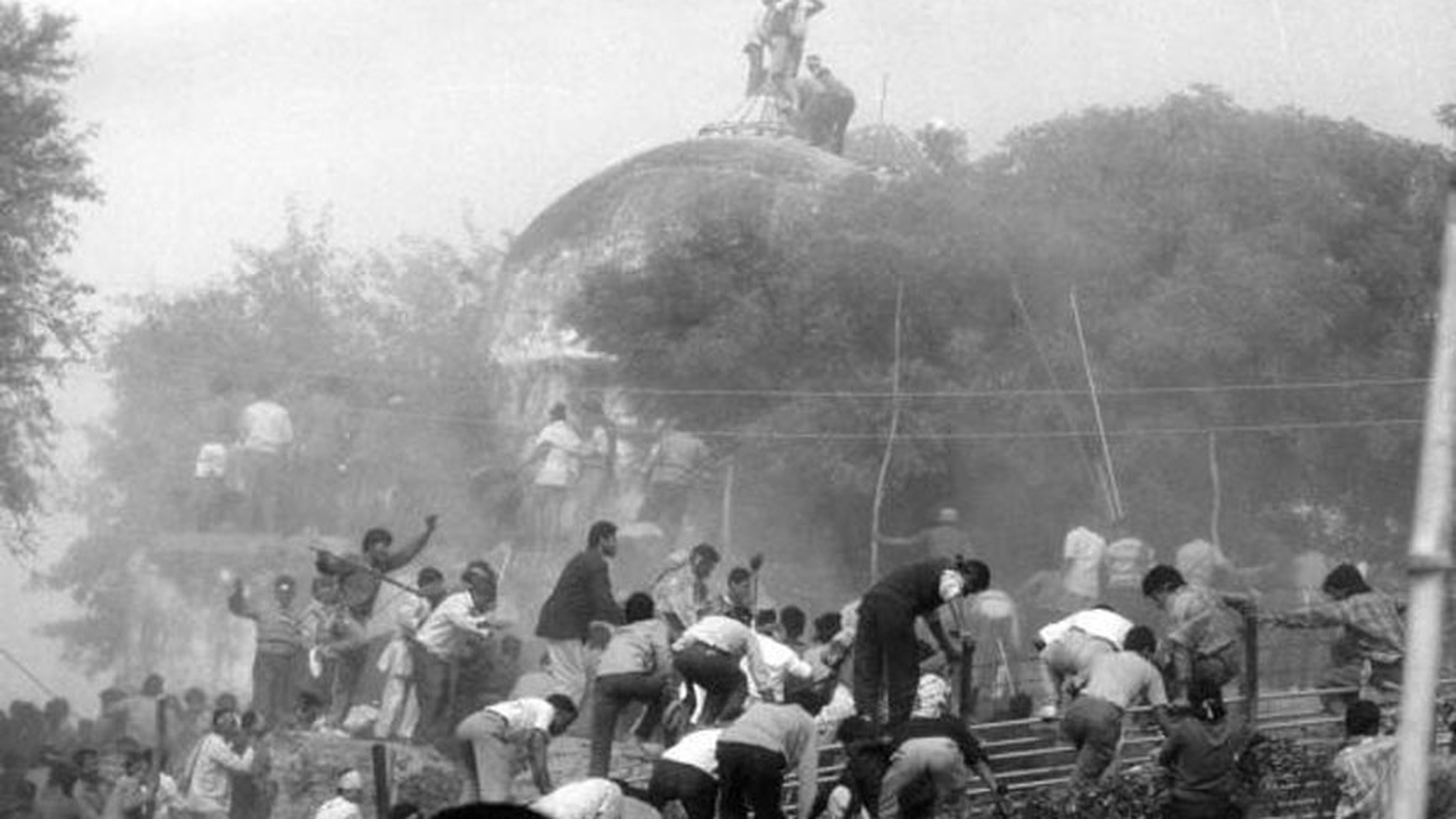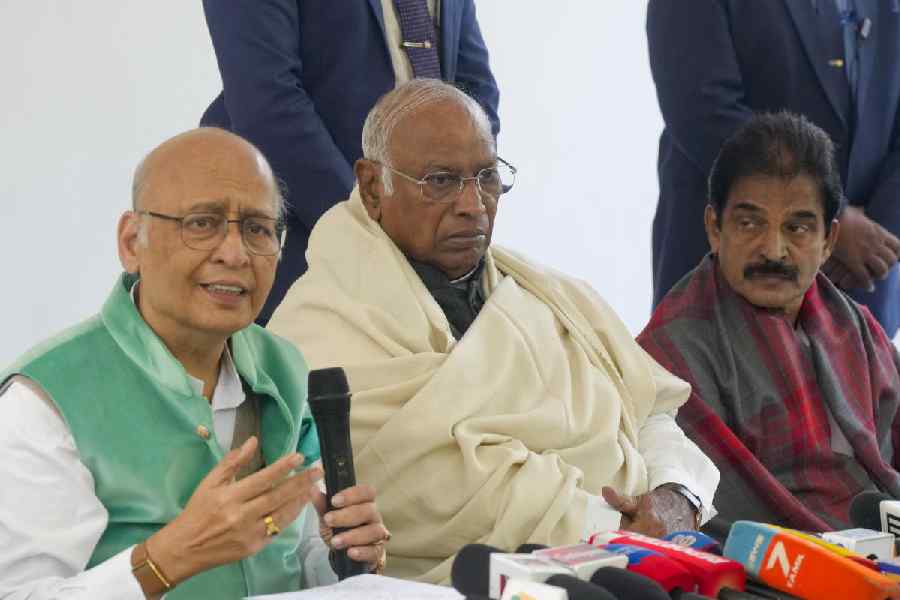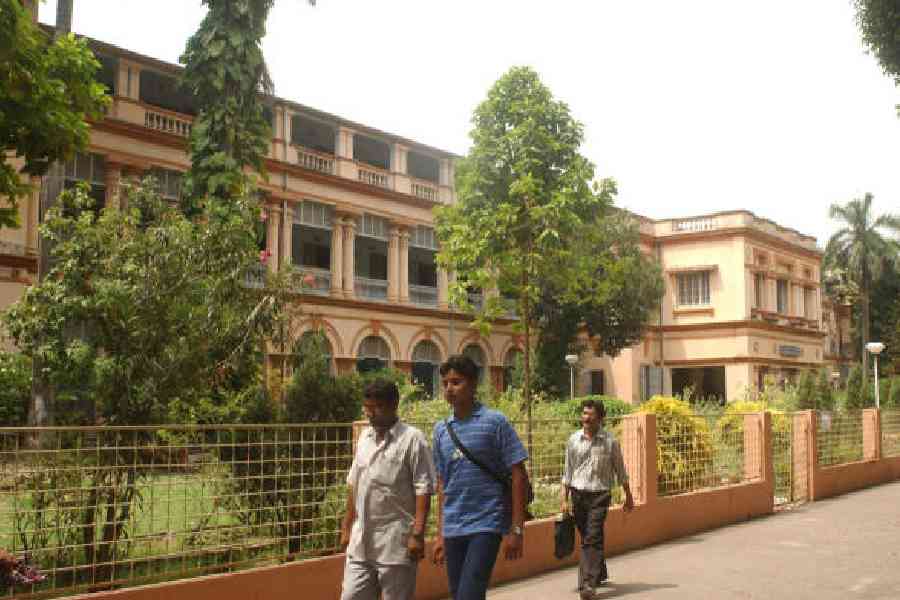As I watched the top brass of the RSS and the BJP welcoming the Supreme Court’s judgment on the 70-year-old land dispute over the Babri Masjid in Ayodhya, the one word that kept coming to mind was hypocrisy.
From Prime Minister Narendra Modi to RSS supremo Mohan Bhagwat, they all talked of accepting the verdict of the highest court in the land, the need to maintain peace and communal harmony and urged all citizens to lay the ghosts of the past to rest and look at this as the beginning of a new India.
This was rich coming from the heads of organisations that had created the controversy, misused it to attain political power and get to the positions they hold today.
Why had they not adhered to these grand ideals when they were not in power and used the dispute to whip up passions, demolish the Babri Masjid, demonise Muslims and win elections? Had the verdict been different, would they have accepted it? In the past, any attempts to give a different verdict has been met with “faith is more important that land records”.
On December 6, 1992, the Babri Masjid, or the “disputed structure” as the RSS preferred to call it, was under the protection of the very same Supreme Court, and yet they did not think twice before destroying the 450-year-old mosque, knowing fully well that they were breaking the law.
On that fateful day, I along with a posse of journalists from around the world, had watched with complete shock and disbelief as thousands of kar sevaks had clambered atop the 16th-century mosque in Ayodhya and furiously pounded it with iron rods, pickaxes, shovels, stones, bricks and anything they could lay their hands on.
Egged on by BJP stalwarts L.K. Advani and Murli Manohar Joshi, the frenzied mob was told to take the law into their own hands and destroy the mosque.
Uma Bharti repeatedly shouted the slogan of the day — “Ek dhakka aur do, Babri Masjid tod do” — through loudspeakers from the specially built watchtower on which the leaders sat and celebrated.
After five hours of ferocious pounding, the mosque gave way with all its three proud domes turned to a mass of rubble. As dusk fell over Ayodhya on that cold, wintry Sunday, the Babri Masjid was no more.
Kalyan Singh, the BJP’s first ever chief minister of Uttar Pradesh who had made false promises to the Supreme Court that no harm would come to the “disputed structure”, resigned, having done his worst.
But the kar sevaks had not finished yet. In the cover of darkness, like a well-planned military operation, they worked through the night with the help of spotlights, flattening the “disputed area” with bulldozers.
Within hours, a small makeshift temple was erected with brick walls and a tarpaulin roof. The idols of Ram Lalla that had been removed from the mosque just before the attack began were installed in the “temporary” temple, ready to be replaced by a “grand Ram Mandir” as promised by the Sangh parivar.
The Supreme Court has now given them the all-clear. Might is right!
By destroying the mosque in such a violent manner under the full glare of the world, the RSS-BJP was sending out a larger message — India was a Hindu nation and all Muslims should be ready to fall in line or accept the same fate.
Kar sevaks threatened “Mussalman ka sirf ekhi sthan, Pakistan ya kabaristan” as they deliriously ran through Ayodhya and its twin town of Faizabad on that Black Sunday. A quarter of a century later, the threat has turned into a reality.
Sajeda Momin, the Uttar Pradesh correspondent of The Telegraph from 1989-93, had covered for the newspaper from Ayodhya the demolition of the Babri Masjid on December 6, 1992










